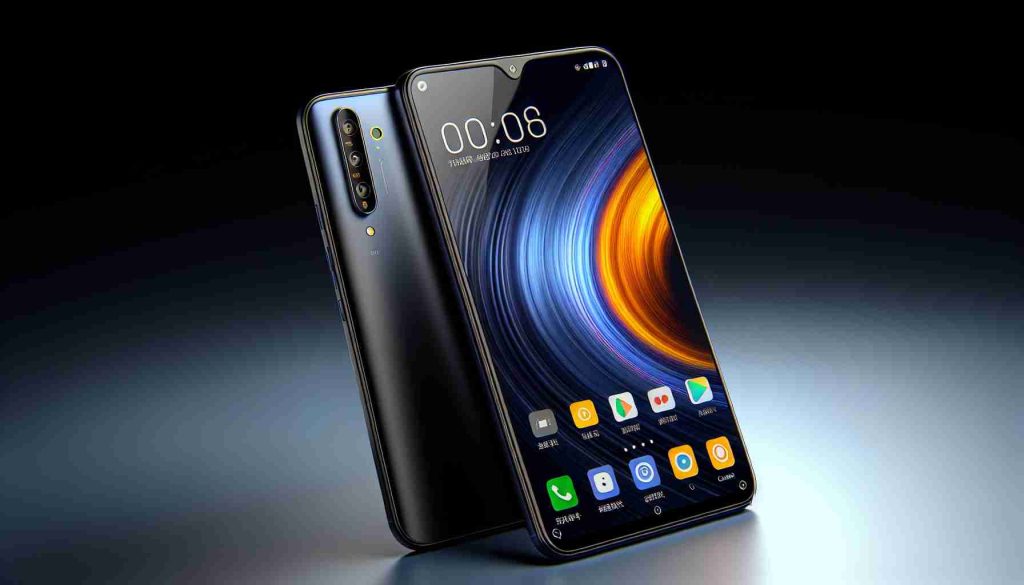In today’s technology-driven world, acquiring a new smartphone involves careful thought and planning. A technology expert underscores the importance of understanding your primary needs before making a purchase. For those primarily using their device for calls, emails, and web browsing, a mid-range smartphone often suffices.
Key specifications are crucial in making the right choice. The screen size, display quality, operating system, storage capacity, and RAM should all be considered. It’s especially important to evaluate the camera features, as smartphones are predominantly employed for capturing photos and videos. Mid-range smartphones typically offer RAM capacities ranging from 6 to 8 GB, with storage beginning at 128 GB. On the other hand, high-end models may have a minimum of 12 GB of RAM and storage options of 256 GB or more.
Furthermore, durability is a vital factor. An ideal smartphone should be resistant to water and dust, with an average display size of around 6.3 inches and a refresh rate of at least 120 Hz. The processor type significantly influences the device’s performance and battery consumption.
Finally, connectivity options cannot be overlooked. It’s advantageous to select devices that support 5G networks, Wi-Fi 6, and Bluetooth 5. The presence of multiple SIM card slots, a fingerprint scanner, and NFC for electronic payments also enhances usability and convenience.
Essential Considerations When Buying a Smartphone: Expanding Insights
Purchasing a smartphone is a considerable investment in today’s fast-paced digital environment. Although understanding basic specifications and user needs is crucial, there are numerous other factors worth examining that can enhance your overall experience and satisfaction with the device.
What are the current market trends in smartphone technology?
The smartphone market is rapidly evolving, with trends such as foldable screens, advancements in AI for photography, and enhanced battery technologies. Many consumers are now leaning toward devices that offer sustainability features, such as eco-friendly materials and efficient energy consumption.
What is the significance of software support and updates?
When choosing a smartphone, the manufacturer’s commitment to software updates is critical. Brands like Apple tend to provide software support for a longer duration, often up to five or more years, compared to some Android manufacturers. Regular updates not only improve security but also bring new features, enhancing user experience.
Are there any hidden costs associated with smartphone ownership?
While it’s easy to focus solely on the purchase price, other costs can accumulate over time. These include monthly data plans, insurance, accessories like cases or chargers, and potential repair expenses. Assessing these hidden costs can provide a clearer picture of the overall investment required.
What are the key challenges and controversies in the smartphone market?
One major challenge is the issue of planned obsolescence, where devices are designed to have a limited lifespan, prompting consumers to upgrade more frequently. This practice raises ethical questions about sustainability and consumer rights. Additionally, the ongoing debate over privacy and data protection is vital, as smartphones are often hubs for personal information.
Advantages of Buying the Right Smartphone:
– Enhanced Productivity: Smartphones equipped with the latest technology can significantly streamline tasks, improve multitasking, and enhance communication.
– Multimedia Entertainment: High-resolution displays and superior audio systems offer a rich experience for streaming movies and playing games.
– Camera Quality: Many modern smartphones offer camera systems that rival professional cameras, catering to photography enthusiasts.
Disadvantages of Buying a Smartphone:
– Rapid Depreciation: New models emerge frequently, causing older devices to lose value quickly.
– Technology Overload: Features can sometimes become overwhelming; not all consumers need cutting-edge technology.
– Potential for Connectivity Issues: As technology advances, older devices may struggle to connect to newer networks and devices, limiting their viability.
In conclusion, buying a smartphone entails more than just evaluating technical specifications. It’s crucial to consider market trends, software support, and hidden costs, along with the associated challenges. Ultimately, being informed about these factors can lead you to make an educated and fulfilling purchase decision.
For more comprehensive insights on smartphone options and technology updates, visit CNET or TechRadar.























